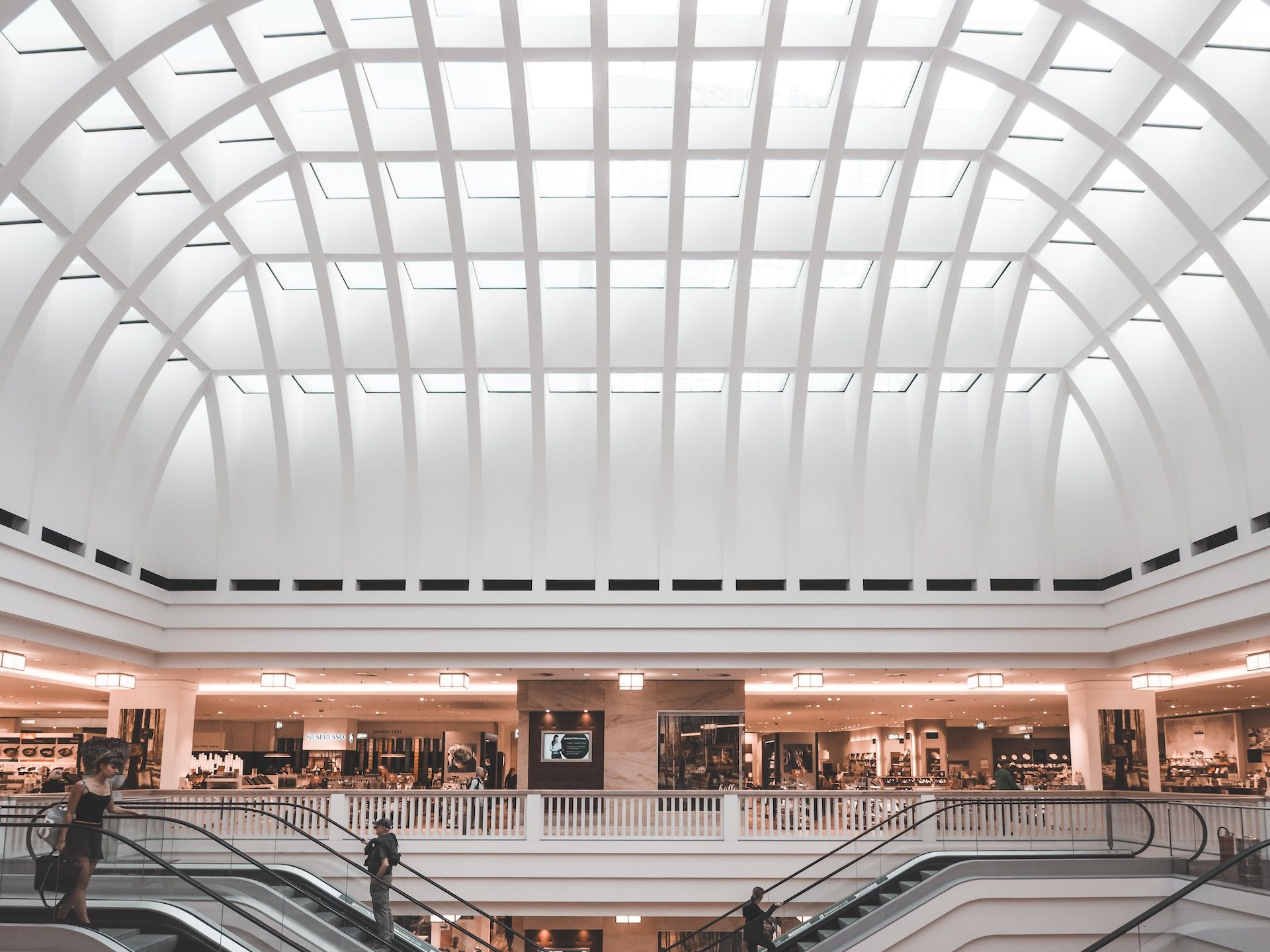In the era of the Internet, Amazon, Walmart, and two-day shipping, one of the biggest losers because of the rise of the Internet is the traditional shopping mall. Since the Austrian designer Victor Gruen designed the fully enclosed mall in 1952, the shopping mall or shopping center became a natural location for people to gather and the heart of suburban areas across the United States (Scharoun, 2012). By 1999, online sales were increasing but the “real” experience provided by the mall was still preferred by shoppers (Foremski, 1999). However, things have changed over the last twenty years. The increasing development of technology like the smartphone, better usability provided by eCommerce websites, and the possibility of having the item almost instantly with one-hour to two-day shipping, has made the mall obsolete. With the fast-paced lives that we have today, it is easier to search online, compare prices, and press a button to make a purchase than to go to the mall and physically navigate hundreds of items and dozens of stores.
The experience economy refers that companies cannot depend only on providing products and services, they should create memorable experiences and capitalize on them (Pine II & Gilmore, 1998). This essay will discuss the five experience-designing principles that could be implemented by a shopping mall to create a competitive advantage. Also, how the shopping mall can create memorable experiences by turning some of the weaknesses into strengths.
Theme the Experience: The Eighties
Old shopping malls are a gate to the past shopping experience when there was no online shopping available. These shopping centers should embrace this called “weakness” and make it a strength by creating a theme experience based on the style of the building. For example, a lot of malls were built during the 80s and still have that 1980s feel. In addition, TV shows like Stranger Things which are very popular among adults and teenagers (Thomas, 2018) bring the nostalgia theme generated by the 70s and 80s and could be capitalized by the shopping mall to create a unique experience. The 80s nostalgia has been used by major film companies like Disney, Warner Brothers, and Fox by remaking popular films from the 80s and has generated a lot of money. For instance, The Karate Kid, which is a film from the 80s, was remade in 2010 with a budget of 40 million dollars that ended up making more than 350 million worldwide.
Shopping malls can take a page from the Disney playbook and invite people to be part of the 80s theme. For instance, they can use 80s characters, create events based on the same decade, serve food that was familiar or popular in the 80s, and encourage people to go visit and be part of the 80s theme at the mall.
Harmonize Impressions with Positive Cues
Harmonizing impressions with positive cues is about creating a lasting impression that supports the theme of the experience (Pine II & Gilmore, 1998). In this case, the mall could add performers with 80s costumes that engage with visitors and improve the overall customer experience. This performance could set the stage for positive cues because of the relationship between the performance and the theme.
Eliminate Negative Cues
The elimination of the negative cues refers to ensuring that the customer experience is maintained throughout the visit by removing negative messages that could interfere with the experience (Pine II & Gilmore, 1998). For this experience design principle, the mall should invest in infrastructure and make sure that everything inside the mall in terms of design, message, and decoration is based on the decade that they chose so they can create an immersive experience. For the infrastructure and building, there is not much to do since the buildings are already all, and with little investment, they could look as they did three and four decades ago.
Mix in Memorabilia
The mix in memorabilia customer experience touches on the idea that customers would like to bring home souvenirs or memorabilia that reminds them of the experience they had at the event (Pine II & Gilmore, 1998). A mall can use some of the ideas implemented by popular brands like Disney, Hard Rock Cafe, Rainforest Cafe, and Nickelodeon to provide merchandise at the location and online for people that want to remember the moment. Also, it could become an item of collection like Hard Rock Cafe shirts are for individuals that like to visit different locations.
Engage All Five Senses
The five-sense engagement is about providing stimulants to all senses, so the experience is enhanced and memorable (Pine II & Gilmore, 1998). For a shopping mall, they can take the theme of the 80s and provide everything from decoration to customs and allow visitors to participate in performances, so they are part of the action. They are not only spectators but performers which makes them engage in all senses.
References
- Foremski, T. (1999, Oct 06). Online sales still losing out to ‘real’ experience: E-COMMERCE
SHOPPING MALLS by Tom Foremski: Shopping on the Internet lacks the experience of a
real-world shopping mall. an IT consultancy has identified many factors that are necessary for online success: [surveys edition]. Financial Times https://www.proquest.com/newspapers/online-sales-still-losing-out-real-experience-e/docview/248852418/se-2?accountid=27180 - Pine II, B. J., & Gilmore, J. H. (1998). Welcome to the experience economy. Harvard Business
Review Press. - Scharoun, L. (2012). America at the Mall: The Cultural Role of a Retail Utopia. United States:
McFarland, Incorporated, Publishers. - Thomas, K. (2018, March 26). Netflix Has Cornered the Market on Coming-of-Age Shows.
TVGuide.com. https://www.tvguide.com/news/netflix-coming-of-age-teen-series/


